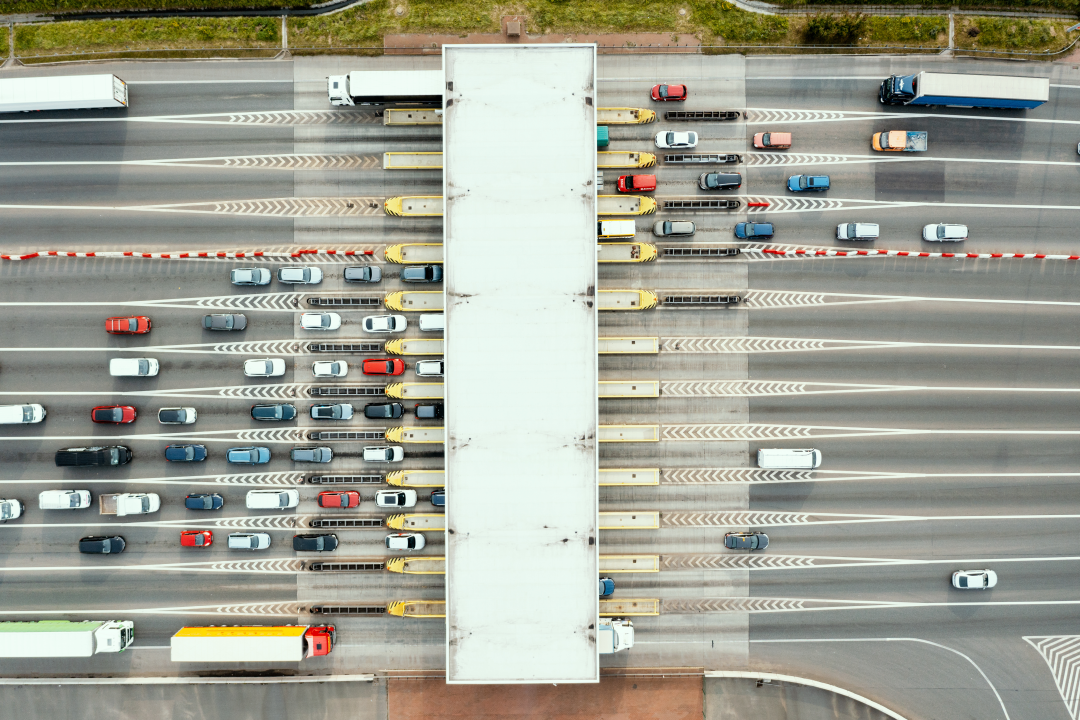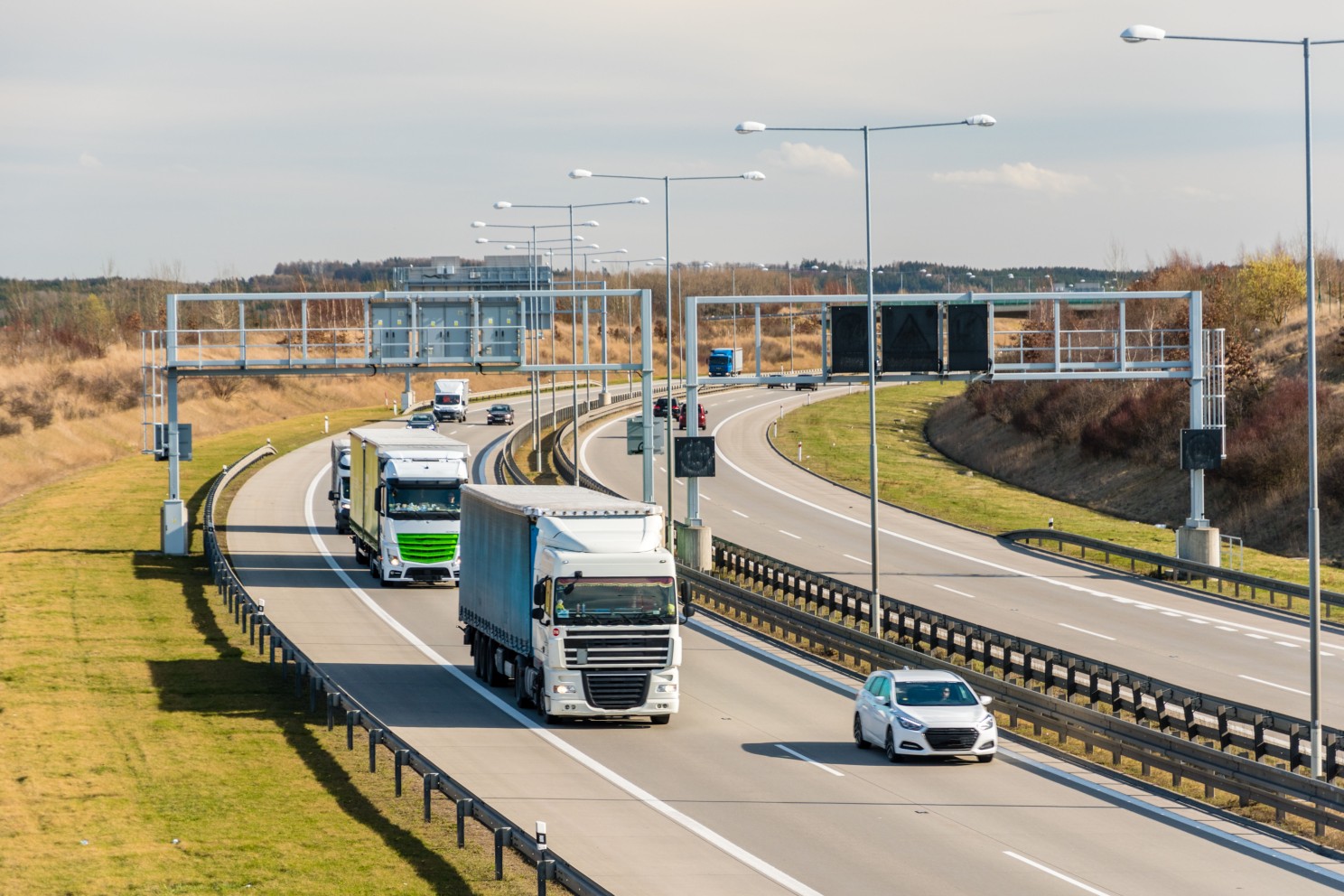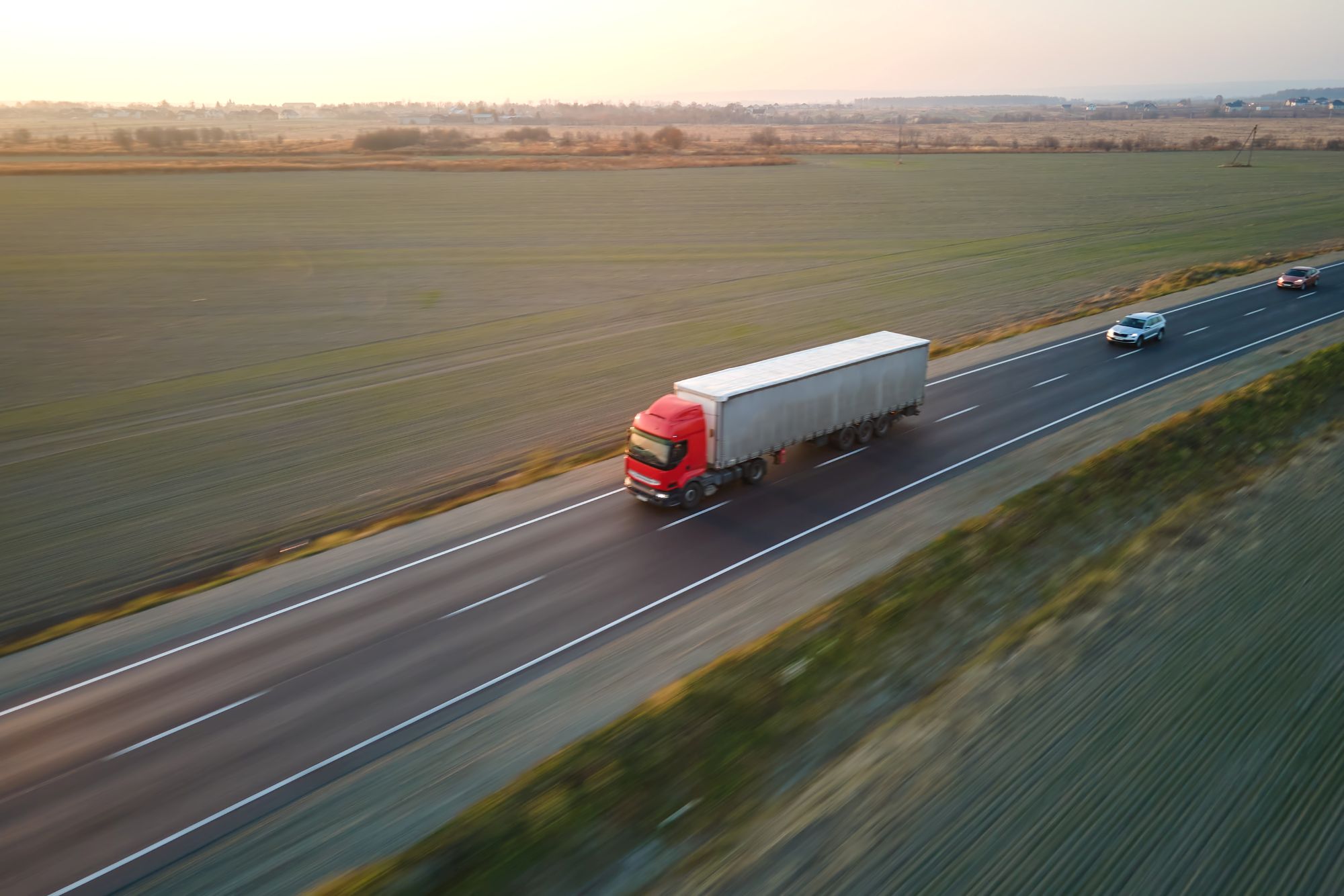
Susie Jones
Capire le nuove tariffe di pedaggio per i camion in Germania
Creato: 12/08/2024
•
Aggiornato: 12/08/2024
Con le modifiche in corso al sistema di pedaggio per autocarri in Germania, è facile perdersi tra i numerosi cambiamenti e regolamenti. Quasi l'83% dei viaggi locali degli autocarri, che coprono circa 200 chilometri, avviene già su strade a pedaggio, evidenziando l'impatto che i pedaggi tedeschi hanno sulla spesa delle flotte.
Con l'aumento delle tariffe di pedaggio, questi nuovi cambiamenti stanno colpendo duramente le flotte aziendali. Le modifiche ai pedaggi nel 2023 e 2024 sono il risultato del sostegno del governo tedesco al Toll Amendment Act, che adotta quanto segue:
Nuove tariffe di pedaggio
L'introduzione di pedaggi per le emissioni di CO2
Eliminazione dell'esenzione dal pedaggio per i veicoli a gas naturale
Estensione del pedaggio ai veicoli con peso totale ammesso superiore a 3,5 tonnellate.
1 gennaio 2023 modifiche
Le tariffe dei pedaggi sono aumentate all'inizio del 2023. Tre fattori sono stati decisivi:
Numero di assi
Classe di emissioni
Peso totale ammesso della combinazione di veicoli.
1 dicembre 2023 modifiche
A dicembre sono state introdotte le classi di emissioni di CO2 come nuovo criterio tariffario. Il calcolo si basa su un sovrapprezzo di 200 euro per tonnellata di emissioni di CO2, applicato a tutti i veicoli con un peso totale consentito superiore a 7,5 tonnellate. I singoli importi del sovrapprezzo, oltre all'attuale pedaggio, dipendono dalla classe di emissione.
Classe 1 - Veicoli pesanti con le più alte emissioni di CO2 e, quindi, con il più alto sovrapprezzo possibile. TollCollect, che si occupa della riscossione dei pedaggi per gli autocarri in Germania, classifica tutti i veicoli registrati in questa classe di emissioni; gli operatori delle flotte devono contattarli per richiedere una classificazione migliore, se ne hanno i requisiti.
Classi 2 e 3 - Entrambe le classi vengono assegnate quando si inseriscono i dettagli del veicolo nel portale TollCollect.
Classe 4 - Autocarri a basse emissioni, ad esempio veicoli a gas naturale.
Classe 5 - Autocarri a emissioni zero.
1 gennaio 2024 modifiche
Il 1° gennaio 2024, l'esenzione dal pedaggio per i veicoli alimentati a gas naturale non sarà più applicabile.
1 luglio 2024 modifiche
Il pedaggio sarà dovuto per tutti i veicoli con un peso totale tecnicamente ammissibile superiore a 3,5 tonnellate. Ci sono alcune esenzioni a questo nuovo cambiamento:
Veicoli privi di emissioni con un peso totale tecnicamente ammissibile superiore a 4,25 tonnellate.
Veicoli commerciali pesanti senza emissioni - Questa esenzione è valida fino a fine dicembre 2025.
Veicoli utilizzati da aziende commerciali - Applicabile ai veicoli con peso totale inferiore a 7,5 tonnellate.

Preparare la flotta ai cambiamenti di luglio
Prima del 1° luglio, dovrete verificare se i vostri veicoli sono soggetti a pedaggio e, in caso affermativo, come volete pagare il pedaggio.
Controllare i veicoli
Controllate la prima parte della carta di circolazione nel campo F1. Se il vostro veicolo ha una massa massima tecnicamente ammissibile (TPMLM) superiore a 3,5 tonnellate, siete soggetti al pagamento del pedaggio. I mezzi pesanti con una massa massima tecnicamente ammissibile di 3,5 tonnellate o meno non sono soggetti al pagamento del pedaggio.
Combinazioni di veicoli - se il veicolo trainante ha un MTP superiore a 3,5 tonnellate, siete soggetti al pedaggio. Una combinazione con un MTP superiore a 3,5 tonnellate non sarà soggetta al pagamento del pedaggio se il veicolo trainante ha un MTP pari o inferiore a 3,5 tonnellate.
I requisiti per il pedaggio dei veicoli si applicano ai veicoli destinati o utilizzati per il trasporto su strada.
Le imprese commerciali sono esenti da pedaggi a determinate condizioni.
Come pagare il pedaggio
Il modo più comodo per pagare è con un'unità di bordo (OBU) - fornita da Toll Collect, dai fornitori del Servizio europeo di telepedaggio (EETS) o dai loro partner commerciali.
Per pagare con un'OBU è necessario registrarsi presso Toll Collect e fissare un appuntamento per l'installazione - dopo l'installazione, impostare il peso come "<7,5 tonnellate". Con un OBU, la riscossione automatica avverrà sulle autostrade e sulle strade federali a partire dal 1° luglio 2024.
In alternativa, potete pagare il pedaggio sul sito web Toll Collect o tramite la loro app prima di iniziare il viaggio.
Il mio veicolo commerciale è esente dalle nuove tariffe tedesche?
Per poter beneficiare dell'esenzione per gli artigiani, si applica quanto segue:
Solo i dipendenti dell'azienda commerciale possono guidare il veicolo.
I materiali, le attrezzature o i macchinari trasportati devono essere necessari per svolgere i servizi e il lavoro dell'attività commerciale.
I beni artigianali trasportati devono essere prodotti, lavorati o riparati nell'attività dell'artigiano.
Potete registrare i vostri veicoli commerciali online su Toll Collect. Le aziende commerciali possono trovare maggiori informazioni sulle eccezioni nella pagina FAQ di Toll Collect.
I camion possono guidare in Germania la domenica?
Esistono divieti di circolazione per i camion commerciali in determinati orari per ridurre il traffico e mantenere le strade sicure. Il divieto si applica la domenica: i conducenti di autocarri con un peso superiore a 7,5 tonnellate non possono spostarsi dalle 12 alle 22. Inoltre, il divieto di circolazione è previsto anche nei seguenti giorni festivi:
Capodanno - 1 gennaio
Venerdì Santo - 18 aprile
Lunedì di Pasqua - 21 aprile
Festa del lavoro - 1° maggio
Ascensione - 29 maggio
Pentecoste - 8 giugno
Giornata dell'unificazione tedesca - 3 ottobre
Natale e Santo Stefano - 25 e 26 dicembre
Durante il periodo di vacanza principale, dal 1° luglio al 31 agosto, il sabato si applica il divieto di guida per i camion, il che significa che i camionisti non sono autorizzati a guidare tra le 7 e le 20, quando c'è un'alta frequenza di veicoli sulle strade.



